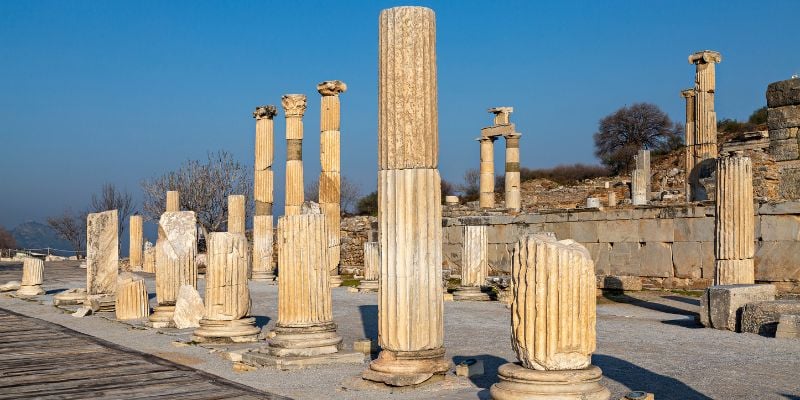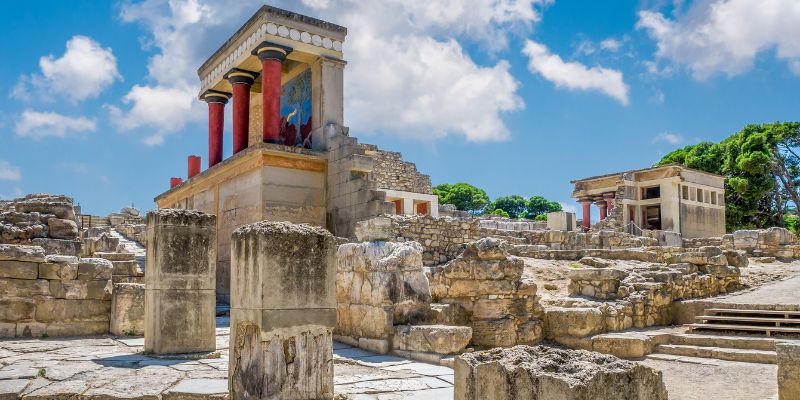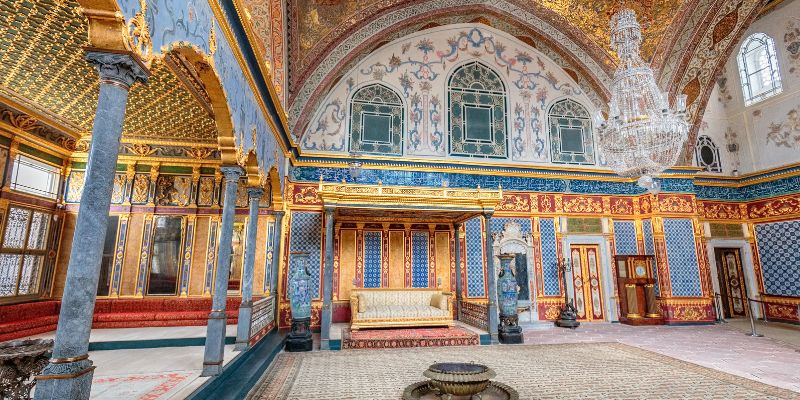Top Things to do in Turkey
Hello, adventurous travelers! If you're planning to explore a country rich in history, vibrant in culture, and offering a variety of landscapes, then Turkey should be on top of your list. This Eurasian country, spreading over two continents, Europe and Asia, has absorbed cultural influences from ancient Greek, Roman, Byzantine, Ottoman, and Persian empires.

Today, it is a blend of cosmopolitan cities like Istanbul or Ankara, as well as ancient architecture, traditional towns, and geological wonders. Let's explore some of the top things to do in Turkey for your 2023 adventure.
1. Visit the Historical City of Istanbul

Istanbul, the city that bridges Europe and Asia, is a must-visit on your trip to Turkey. This city is brimming with historic landmarks like:
Hagia Sophia
Once a cathedral, later a mosque, and now a museum, the Hagia Sophia is a testament to the diverse history of Istanbul. Its stunning architecture and the awe-inspiring mosaics are not to be missed.
The Blue Mosque
Also known as Sultan Ahmed Mosque, the Blue Mosque is one of the most magnificent architectural marvels of Istanbul. The mosque gets its name from the beautiful blue tiles adorning its interior walls.
Topkapi Palace
This was the main residence of the Ottoman sultans for nearly 400 years. Today, it's a museum showcasing the lavish lifestyle of the Ottoman Empire.
2. Experience the Magic of Cappadocia

Cappadocia, known for its unique rock formations and hot air balloon rides, is another must-visit destination in Turkey. Don't miss the opportunity to:
Explore Fairy Chimneys and Cave Houses
These unusual rock formations and cave houses carved into the valleys are something out of a fairy tale.
Take a Hot Air Balloon Ride
This is perhaps the most popular activity in Cappadocia. The view of the sunrise and the landscape from a hot air balloon is a sight to behold.
3. Dive into the Ancient City of Ephesus

Ephesus, one of the best-preserved Roman cities in the Mediterranean region, will take you back to the glory days of the Roman Empire.
Visit the Library of Celsus
This ancient library, which was built to honor the Roman Senator Tiberius Julius Celsus Polemaeanus, is one of the most beautiful structures in Ephesus.
Walk Through The Terrace Houses
These houses, which were the homes of the wealthy citizens of Ephesus, give a glimpse into the lifestyle of the ancient Romans.
4. Relax in Pamukkale

Pamukkale, also known as "Cotton Castle", is famous for its white limestone terraces filled with thermal waters.
Enjoy the Thermal Pools
The warm, mineral-rich waters of these terraces are said to have healing properties. So, don't miss the chance to take a dip!
5. Discover the Mysteries of Troy

If you're a fan of Greek mythology, then you must visit the ancient city of Troy. Walk through the ruins and let your imagination recreate the epic tales of the Iliad.
6. Discover a Piece of Greek History at Temple of Artemis in Izmir

The Temple of Artemis in Izmir, also known as the Temple of Diana, was built in the 6th century B.C. Considered one of the seven wonders of the ancient world, this architectural marvel was unfortunately destroyed and rebuilt several times. Today, visitors can see its foundation and a solitary column.
7. Visit the Former Social Scene of Constantinople in Sultanahmet Square

Sultanahmet Square is one of Istanbul’s most notable landmarks. It was originally the Hippodrome of Constantinople, a place for different social events and gatherings. Make sure you take a peek at Obelisk of Theodosius, Serpentine Column, and Column of Constantine.
8. Go on a Shopping Frenzy at Istiklal Caddesi

Istiklal Caddesi is one of Istanbul’s most famous avenues, visited by up to three million people daily on weekends. The street is filled with dining places, coffee shops, pastry shops, pubs, bookstores, art galleries, theaters, and shops.
9. Check Out Topkapi Palace Museum

The Topkapi Palace Museum served as the administrative center and residence of the imperial Ottoman court. Now a museum, it hosts a variety of imperial collections of the Ottoman Empire, as well as a vast collection of books and manuscripts.
10. Learn the Story of the Ancient House of Virgin Mary

Located near Ephesus and Kusadasi, the House of the Virgin Mary is a Catholic shrine with great religious, historical, and cultural significance.
